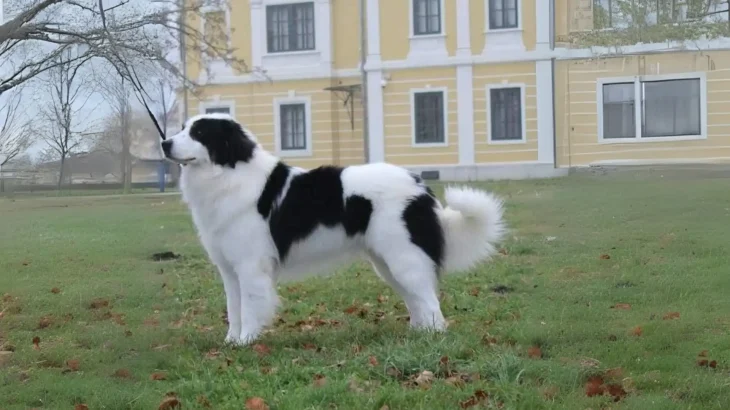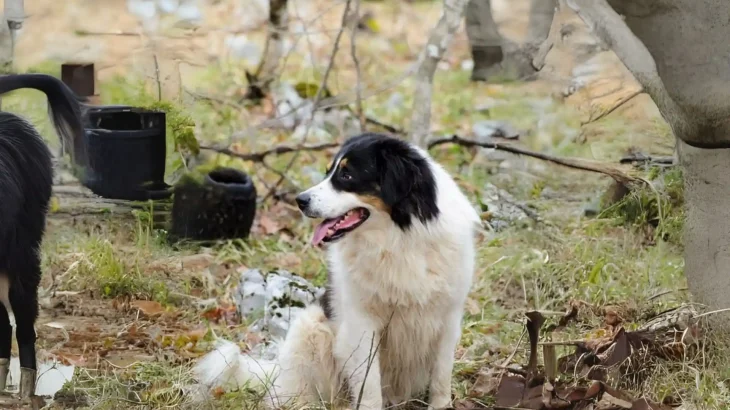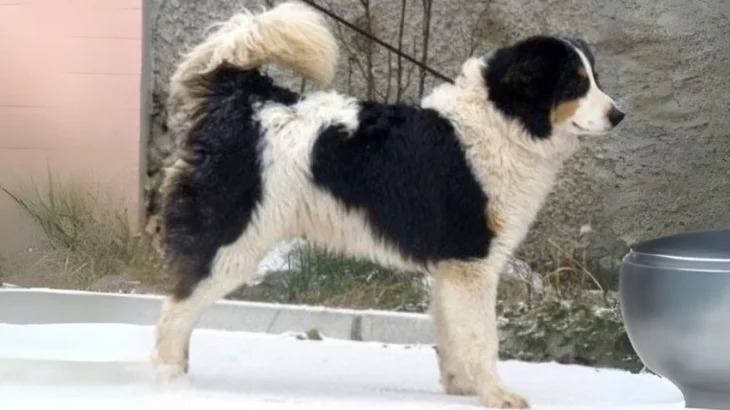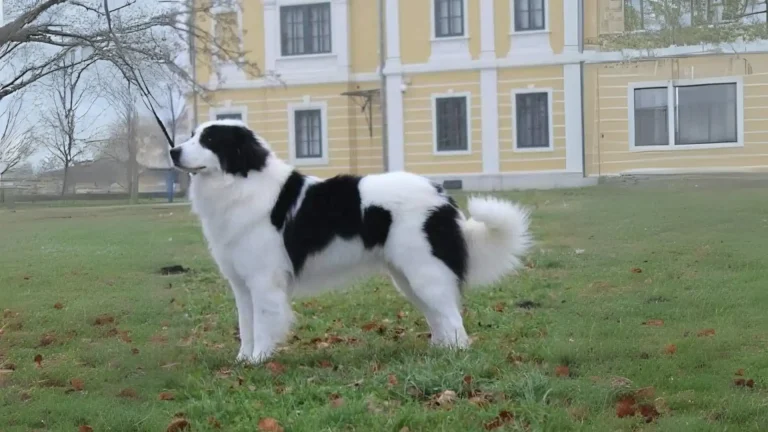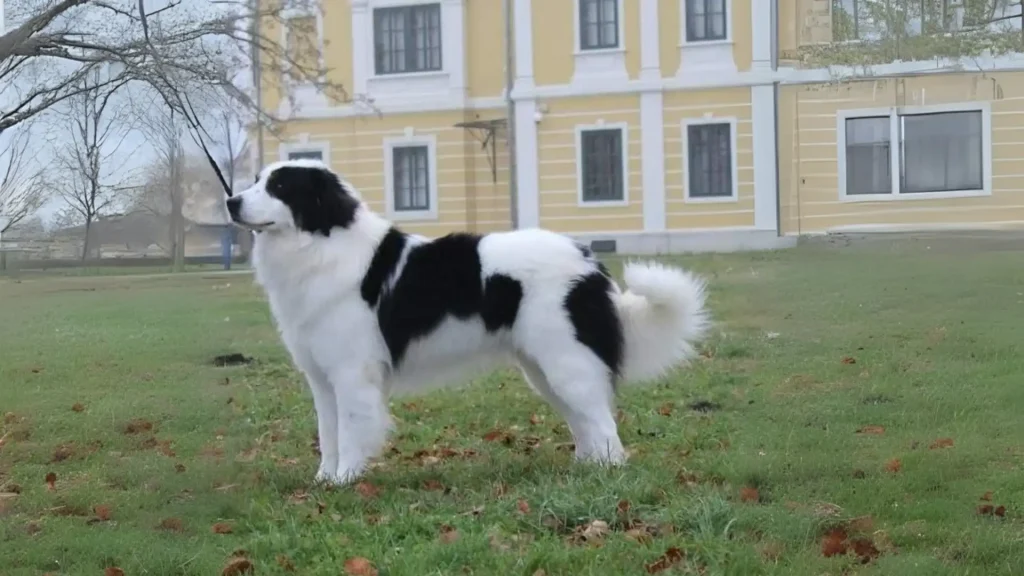Deciding whether to adopt or purchase a Tornjak puppy depends largely on availability and your priorities. Given the breed's rarity, purchasing from a responsible breeder is often the only option, but adoption supports animal welfare and may introduce you to other guardian breeds.
Adoption vs. Breeder: Pros & Cons
| Criteria | Buying from Breeder | Adopting from Shelter/Rescue |
|---|---|---|
| Cost | Typically higher, around $800-$1,500 depending on pedigree and location. | Usually lower fees, but Tornjaks are rarely available for adoption. |
| Health History | Detailed health screening and genetic history provided by breeder. | Health history may be uncertain; basic health checks usually performed. |
| Age Availability | Mostly puppies, allowing early training and socialization. | Varies; often adult or older dogs, but Tornjaks are scarce. |
| Temperament Insight | Breeder can share knowledge of lineage temperament traits. | Shelter staff can report behaviors, but background may be unknown. |
| Supporting Practices | Supports preservation of rare breed when buying from ethical breeders. | Supports animal welfare by giving a home to dogs in need. |
| Breed Purity & Pedigree | Confirmed purebred with documented pedigree. | Breed purity may be uncertain, especially for rare Tornjaks. |

